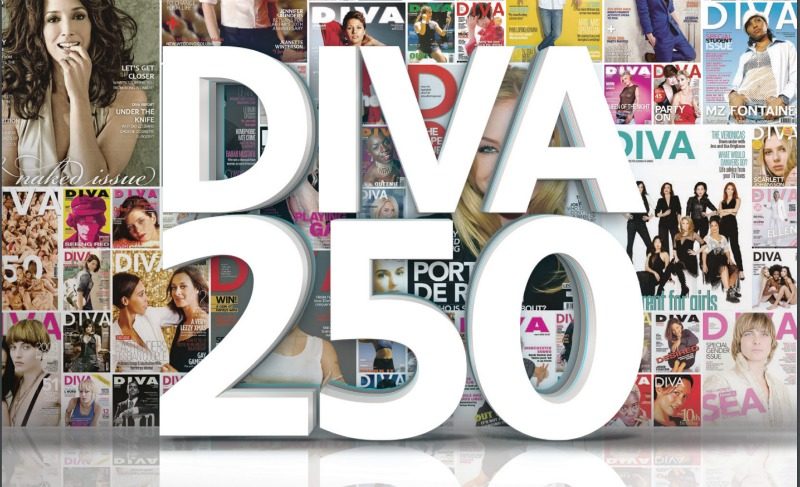Roxy Bourdillon dissects the media representation of lesbians and bi women through the 90s and 00s, until now”¦
Ah, the 90s; the era of double denim, the Macarena and £1 mood rings that changed colour to reflect how sweaty your soul was. It was the decade that “lesbian chic” officially became a thing and when the first issue of DIVA came out in April 1994 (pun totally intended), there was something sapphic in the air.
Madonna had just released her discreetly-titled coffee table book, Sex, a raunchfest of softcore sadomasochism and same-sex sensuality. (It’s a real page-turner, but you might want to slip it down the back of the sofa if your nan pops round for a cuppa and a Hobnob.) Singer KD Lang and supermodel Cindy Crawford had posed as a butch-femme couple with a shaving fetish on the cover of Vanity Fair and, here in Blighty, 1994 marked not only the birth of DIVA, but also the first pre-watershed lesbian kiss on TV, when Brookside’s Beth and Margaret locked lips.
But being visible isn’t the same as having power. The very phrase “lesbian chic” suggests a disposable fashion fad; “Hey consumer, why not accessorise your outfit with a Gucci backpack and a trophy dyke?” It’s utility chic with added handholding and just as much comfortable footwear.
And although Anna Friel playing soapland’s first lesbian was a landmark moment, she was killed off within a year of coming out, proving that TV’s Bury Your Gays epidemic is nothing new.
While magazine articles hailed the rise of sapphic chic, we still didn’t have equal rights. Instead of same-sex marriage and adoption rights, we had discrimination and hate crime. We were good enough to titillate the public, but not worthy of the same basic liberties most people take for granted. In truth, homophobia was more prevalent than women wearing plaid overalls because Vogue told them lezza-luxe was all the rage.
Fast-forward to the 00s and faux lesbianism was rife. Russian girl band TATU’s sole PR strategy was to dress like schoolgirls and lez it up for the camera, despite the fact that one of the singers was straight. This staged lesbian eroticism was the music industry equivalent of two women necking on to get slack-jawed blokes to pay for their drinks.
Britney, Madonna and Christina pulled a similar trick with their three-way snog at the 2003 VMAs, and in 2008 Katy Perry’s sugar-coated suggestiveness made her an overnight sensation when she sang about kissing a girl and – oh, how edgy – liking it.
More recently, in the video for Can’t Remember To Forget You, Shakira and Rihanna writhed about in bed and stroked each other’s thighs provocatively, but once again it was pure straight male fantasy. They even took turns singing the line, “I’d do anything for that boy,” in case we were in any doubt about who this display was really for.
Now, I have no problem with empowered straight women fondling each other – hell, that’s how some of the best lesbians I know started out – but when it’s all so patently aimed at turning men on, I can’t help but feel disappointed.
On the plus side, at least we’re seeing our sexualities represented more frequently. Last year, Juno Dawson became Glamour’s first transgender columnist and in 2014, Cosmopolitan published an online sapphic sex guide, “28 Mind-Blowing Lesbian Sex Positions”. It was well-intentioned but who were they kidding? You’d have to be Stretch Armstrong to pull off “The Erotic Maypole”. Why so much hair-pulling? And what self-respecting couple wears matching floral garlands to make love? Actually, that last one does sound kind of fun…
You can read the rest of this article in the April issue of DIVA, available to buy digitally and in print here.
